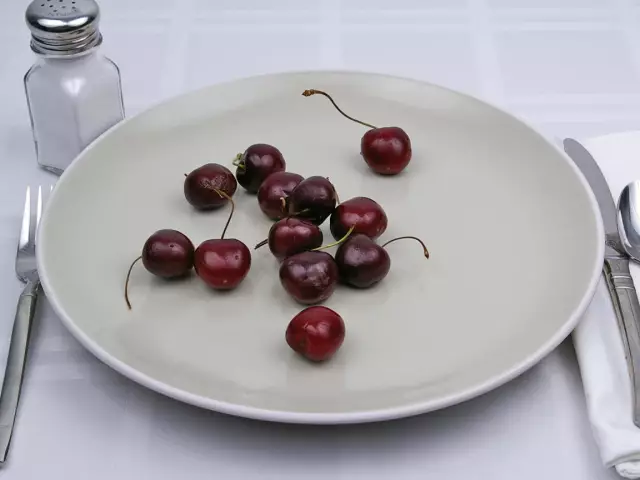- Author Rachel Wainwright [email protected].
- Public 2023-12-15 07:39.
- Last modified 2025-11-02 20:14.
Calorie content of caviar

Caviar is eggs of various species of fish after special processing. All over the world, this delicious product is valued for its nutritional and taste qualities. In terms of calories, red and black caviar surpasses milk, meat and other products. Red and black are the main types of caviar. However, there are other varieties as well. Each of the varieties includes several subspecies. Black caviar - caviar of sevruga, beluga, sturgeon, sterlet (sturgeon fish). Red caviar - caviar of sockeye salmon, chinook salmon, chum salmon, coho salmon (salmon fish). Pink caviar - caviar of whitefish, vendace, cod, pollock. Particle caviar (yellow, white caviar) - caviar of pike perch, ram, striped mullet, roach. Recently, imitated caviar (protein, surrogate, artificial caviar) has been quite popular. The average calorie content of caviar is about 230 kcal per hundred grams of product. Calories in caviar of gourmet fish are much higher than in caviar of commercial fish.
Varieties and calorie content of sturgeon caviar
Many are interested in the question of how many calories are in caviar. The calorie content of sturgeon caviar depends on the processing method. So, distinguish between granular caviar, pressed caviar, triple and roe caviar. Granular caviar is obtained immediately after the fish is caught. The caviar is rubbed on a sieve, freeing the grains from the ostyk (shell bag). The shape of the caviar is preserved. Granular caviar is usually slightly salted with fine salt. To obtain pressed caviar, fish caviar is salted immediately after catch. Only after salting it is laid out in shallow troughs, slightly dried and peeled from the shells, pressing in special vats. Sevruga caviar is the best pressed caviar. She has a delicate taste and delicate aroma. Troish caviar is not salted, but poured over with strong warm brine, then thrown onto a sieve. When the brine is completely drained, the caviar is hermetically packed into barrels. The roe roe is salted together with the roe. This is often salted, cheap caviar, which has a dried or matted appearance and a firm consistency.
Each of the varieties of black caviar, depending on the degree of freshness and the delicacy of salting, is divided into three varieties (second, first and highest).
Calorie content of caviar ranges from 200 to 270 kcal per hundred grams of product. The number of calories in caviar also depends on its type. Beluga caviar takes the first place in nutritional value and taste. Beluga eggs are dark gray or silver in color with a very subtle nutty flavor. The calorie content of beluga caviar is about 237 kcal per hundred grams of product (27.2 g of proteins, 14.2 g of fat).
Sturgeon caviar eggs are smaller and cheaper than beluga caviar. The taste of sturgeon caviar is sharper. It has a hint of seaweed and sea. The calorie content of sturgeon caviar is 203 kcal per hundred grams of product (28 g of proteins, 9.7 g of fat).
Sevruga caviar has a delicate aroma and amazing taste. The calorie content of starred sturgeon caviar is about 230 kcal per 100 grams of product. The eggs of this fish are small, but more resilient than the eggs of the beluga.
Depending on the packaging method, black caviar can be canned, barreled and pasteurized. Canned caviar is packaged in cans. It is considered the best grained caviar. It can contain up to 5% salt. Barrel caviar is packed in oak barrels. Such caviar is not produced for the domestic market. It is slightly rougher than canned caviar. Pasteurized caviar - caviar in glass jars. After processing with salt, such caviar is packaged and subjected to double pasteurization.
Types and calorie content of red caviar
Pink salmon caviar is considered the best and most widespread in Russia. The eggs of this fish are orange, medium-sized, with a slight bitterness and a pronounced marine aroma. Chum salmon caviar is considered the most delicious. Chum salmon eggs are larger than those of pink salmon. Each egg is covered with a thin orange film. The most useful is the caviar of silver salmon (coho salmon caviar). With a sufficiently high calorie content, the red caviar of this fish has a unique vitamin composition. Sockeye caviar is not very popular in Russia, but it is quite popular among Europeans. Trout roe eggs are quite salty and sticky. Trout caviar is most often served on sandwiches and canapes. Caviar has a bright aroma and unsaturated taste.

According to the method of processing, red caviar is only granular. After catching the fish, caviar is freed from ovaries, immersed in a saline solution for 10-15 minutes, then allowed to drain. After that, preservatives are added and packaged. Red caviar is divided into first and second grade. The calorie content of red caviar is 230-270 kcal per hundred grams of product (31-35% proteins, 11-18% fats).
The calorie content of pink caviar is half that of red caviar, since it contains less fat.
Useful properties of caviar
All types of caviar have a high nutritional value and a unique vitamin and mineral composition. And considering how many calories are in caviar, this product is very useful to use after illnesses (as a general strengthening and prophylactic agent). Scientific studies have shown that the substances contained in caviar improve brain activity and strengthen eyesight. Caviar has strong anti-allergic properties.
With regular use of caviar, blood circulation improves and the risk of blood clots decreases. Caviar fat contains a large amount of useful amino acids. Caviar saturates human skin with useful components and sharply activates the production of special enzymes by its upper layers, the amount of which decreases with age in the human body.
Found a mistake in the text? Select it and press Ctrl + Enter.






